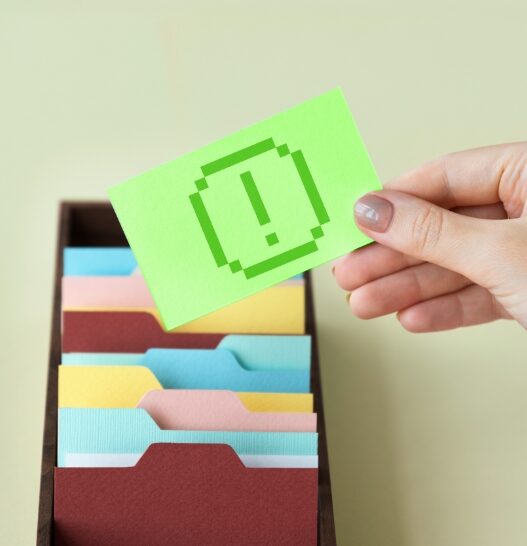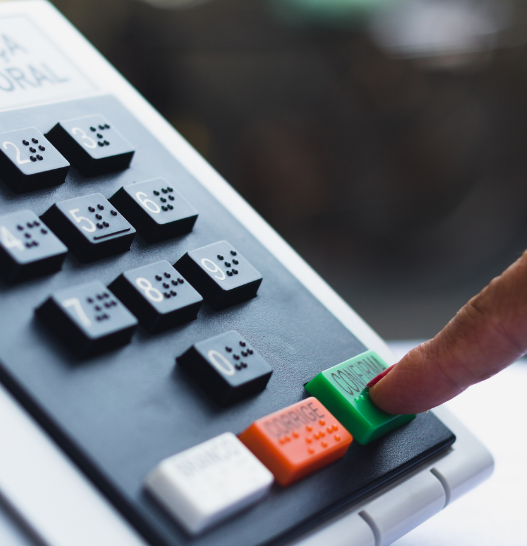Every day, most of us open countless apps to communicate, get information, or be entertained. Apps are a great thing! Nevertheless, there are various signs of change – but let’s start at the beginning:
What was the original purpose of apps?
The first apps that proliferated rapidly after the release of the Apple AppStore in 2008 had one thing in common: they solved a specific task within a short period of time (entertainment apps excluded). Typically, apps at that time had very few but highly specialized functions. Two examples:
Example 1: PicSay is an app for simple image editing. At the time, the app allowed you to stick predefined stickers or speech bubbles onto an existing or newly shot photo and then save the resulting work of art again. Filters? Didn’t exist. A way to share the photo? There was not. A way to re-edit edited photos? You can guess…
Example 2: Ebay had its own app on both iOS and Android early on. The functionality was limited to picking out an interesting listing as well as bidding. There was no option to create your own offers or customize your profile, etc.
The advantage was obvious: you could reach your goal quickly and then get back to something else.
How have apps developed since then?
In a nutshell: apps have become more complex. Over the course of time, developers have integrated more and more functions, often greatly increasing the range of possible uses. Apps now often no longer have just a single task, but multiple tasks around a complex of topics. Two further examples:
Example 3: With the DB Navigator of Deutsche Bahn, you can obtain information about train connections before your trip, get live information about delays and departure tracks shortly before or during your trip, and now even across different regional network tariff areas. Furthermore, you can buy tickets and a BahnCard, manage purchased tickets, or quickly book a rental car or a rental bike.
Example 4: The ING Diba banking app provides an overview of accounts, loans and securities accounts. In addition, ATMs can be found on request, bank cards can be blocked or stock markets worldwide can be monitored. Of course, I can also find out directly about pension plans and recruit clients or choose a bonus for recruited clients.
Here, too, the advantage is obvious: with the increasing variety of functions, more and more can be done via the smartphone or tablet. This means that annoying device changes (“Crap, that only works on the laptop.”) are increasingly a thing of the past. Furthermore, the increasing variety of functions means that users can increasingly solve their individual problems or process their individual tasks.
On the other hand, as the range of functions increases, so does the complexity of the interfaces and thus their operation. It is therefore becoming increasingly important to deal with the user’s processes and tasks and not simply offer all the functions that can be offered technically.
How will apps develop in the future?
I believe that in the future, apps will (have to) adapt even further to the user and their needs. They will (have to) move more and more towards solving my individual user problems or handling my individual user tasks to a larger extent.
In the daily user tests at Custom Interactions, it can increasingly be observed that users are annoyed by the fact that they currently have to use several apps for one task. Often, all the required information is available in different apps and “only” needs to be brought together by the user. This raises the question: why does the user have to do this? Example:
I have the option of finding out about offers from local supermarkets via various apps. To do this, I have to look through the various apps in turn and remember what I probably want to buy and where. I check this information in parallel with my shopping list app and a recipe app to add to the incomplete shopping list if necessary. The overriding goal: to quickly decide what we want to eat over the next few days and then buy all the products we want at each supermarket, forgetting nothing. All the information is available on my smartphone. However, I have to bring it together manually, and this is precisely where a change is taking place:
Increasingly, services like IFTTT or Workflow are developing that allow me to map workflows across app boundaries. As a user, I don’t want to be the cache for a wealth of information and manually trigger new things when something else has occurred before. These services still have the disadvantage that I have to configure them more elaborately. I have to think about the workflows in advance and link the different information stores in advance (if they are available). Only then can I benefit from my self-created flow. This is cumbersome and less relevant in practice – but it also shows where the development is going.
The next step will be that workflows no longer have to be created manually but can be created “spontaneously” automatically. Here lies a huge potential for voice interfaces with corresponding AI: I say what I want and my personal AI assistant links the information in the background and answers my question. Sounds good, doesn’t it?



